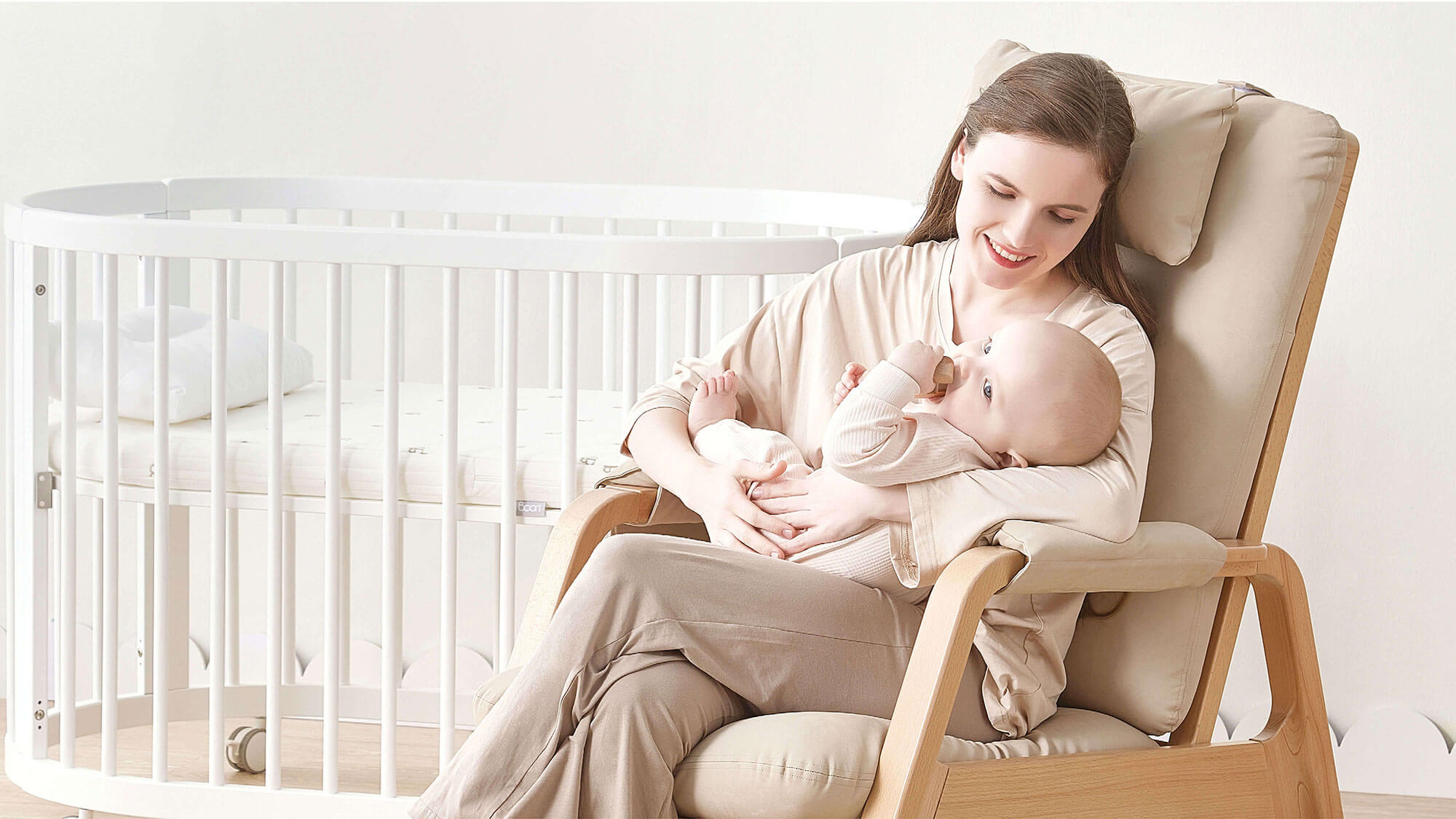
Unfortunately, back pain is to be expected whilst pregnant. After all, you are carrying around a tiny human inside of you every day for around 9 months…
Of course, when your bundle of joy arrives into the world, you’ll be eager to rid of your back troubles and, although there’s no quick fix, we have a few tips for protecting your back after having a baby.
Strengthen Those Abs
Don’t worry, we’re not suggesting you jump on one of Emily Skye’s fitness programmes by any means. In fact, please don’t do this!
Your stomach muscles will be very tender after birth, as your stomach muscles separate during pregnancy to accommodate your growing womb. As they’re pushed apart, they are made longer and weaker.
Experts say that you can expect the gap between your stomach muscles to go back to normal by the time your baby is 8 weeks old. If you find that, after 8 weeks, the gap is still obvious, then it is recommended that you contact your GP as you might be at risk of back problems.
To help re-strengthen those abs, do some gentle regular pelvic floor and deep stomach muscle exercises, whilst also keeping aware of your posture, to help support your back in the long run.
Everyone is different and so it’s important to take things at your own pace and discuss your exercise requirements with your GP before getting started.
Support Your Back During Feeds
They may look amazing and super stylish next to your chosen nursery décor, but sofas and regular chairs just don’t cut it as the best feeding chair of choice.
Remember, sofas and chairs have been designed as a comfy spot to chill and binge TV in, not for parents who need to feed their babies. Oftentimes, they are designed too deep and too soft to offer the support required.
Leave the myriad of uncomfortable chairs and their different sizes to Goldilocks to have fun with and, instead, invest in a proper nursing chair that has specifically been designed for feeding your little ones with proportions and firmness levels that are ‘just right’. OK, so maybe we did need some of Goldilocks’ logic here…
Anyway, the key message to take away is that you need to invest in a proper nursing chair to get proper support. Definitely not what we said about Goldilocks. You’ll thank us later, promise! 
Watch Your Lifting Technique
Having a baby can sometimes leave you feeling like an Olympic weightlifter, and it’s no surprise given that we lift our little ones an endless amount during the day.
Into the cot. Out of the cot. Down onto the playmat. Up from the playmat. Back into the cot. Out of the cot. Into the pushchair. Out of the pushchair. Into the highchair. Out of the highchair. Back into the pushchair and into the car seat. And that’s only up to lunchtime if we’re lucky. Yawn.
As we've established, the lifting is repetitive and so having poor form when lifting can result in back strain or even serious injury, so it’s best to ensure you’re lifting carefully.
Consider a Bedside Sleeper
A bedside sleeper is designed to sit alongside the parents’ bed, providing optimum visibility and peace of mind during those early stages.
These suggestions should help ease your back pain after having a baby, but it’s important to listen to your body and speak to your doctor if you have any concerns.









